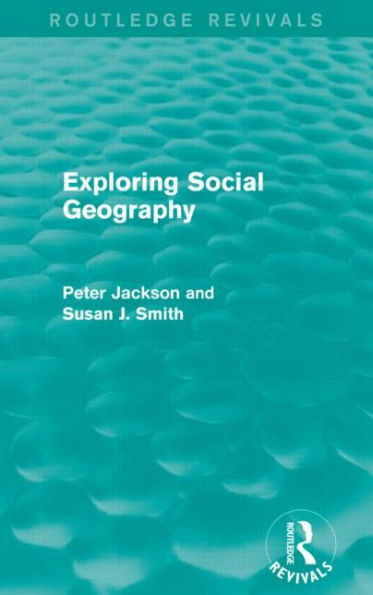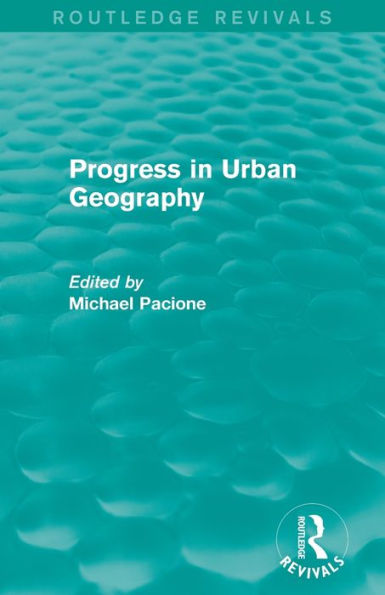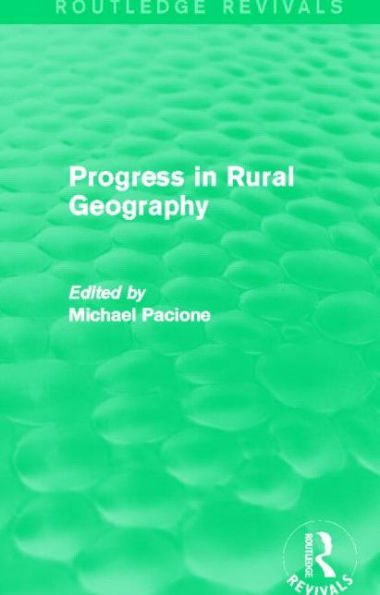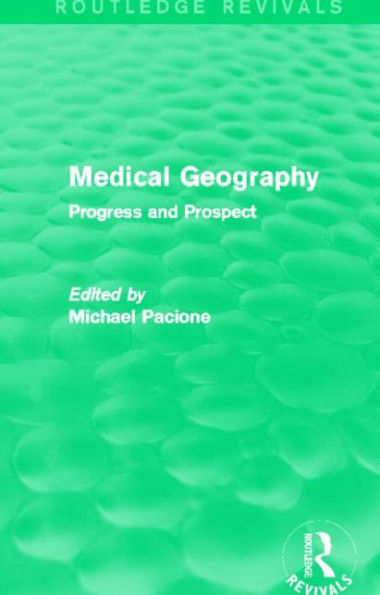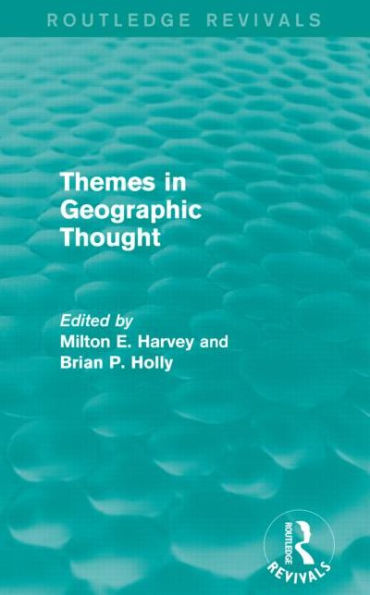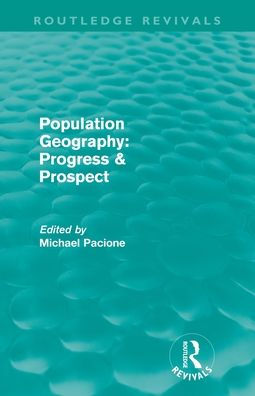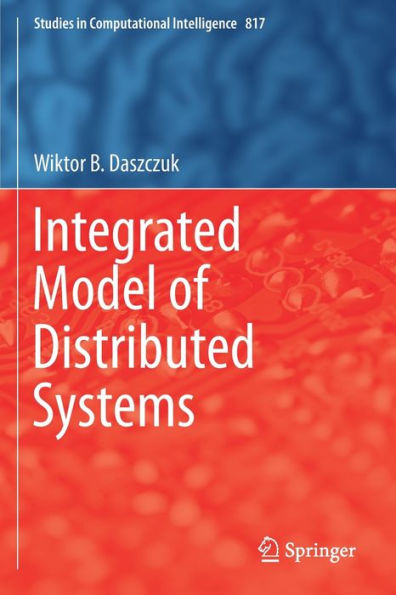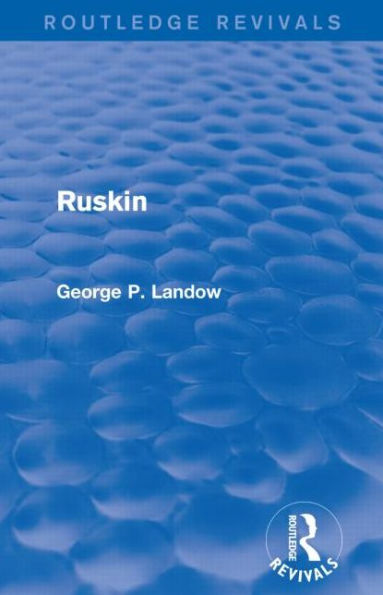Home
Integrated Models Geography (Routledge Revivals)
Barnes and Noble
Integrated Models Geography (Routledge Revivals)
Current price: $190.00
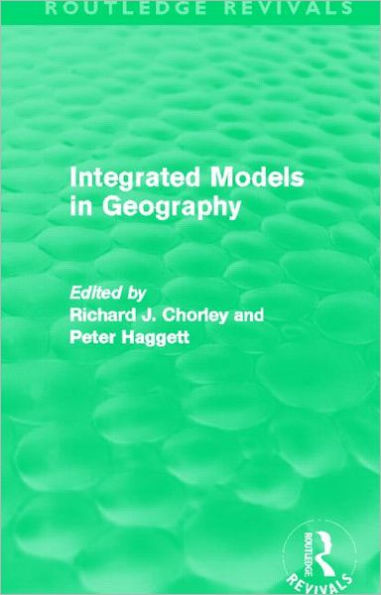

Barnes and Noble
Integrated Models Geography (Routledge Revivals)
Current price: $190.00
Size: Hardcover
Loading Inventory...
*Product information may vary - to confirm product availability, pricing, shipping and return information please contact Barnes and Noble
First published in 1967, this book explores the theme of geographical generalization, or model building. It is composed of five of the chapters from the original
Models in Geography
, published in 1967. The first chapter broadly outlines this theme and examines the nature and function of generalized statements, ranging from conceptual models to scale models, in a geographical context. The following chapters deal with mixed-system model building in geography, wherein data, techniques and concepts in both physical and human geography are integrated. The book contains chapters on organisms and ecosystems as geographical models as well as spatial patterns in human geography.
This text represents a robustly anti-idiographic statement of modern work in one of the major branches of geography.
Models in Geography
, published in 1967. The first chapter broadly outlines this theme and examines the nature and function of generalized statements, ranging from conceptual models to scale models, in a geographical context. The following chapters deal with mixed-system model building in geography, wherein data, techniques and concepts in both physical and human geography are integrated. The book contains chapters on organisms and ecosystems as geographical models as well as spatial patterns in human geography.
This text represents a robustly anti-idiographic statement of modern work in one of the major branches of geography.
